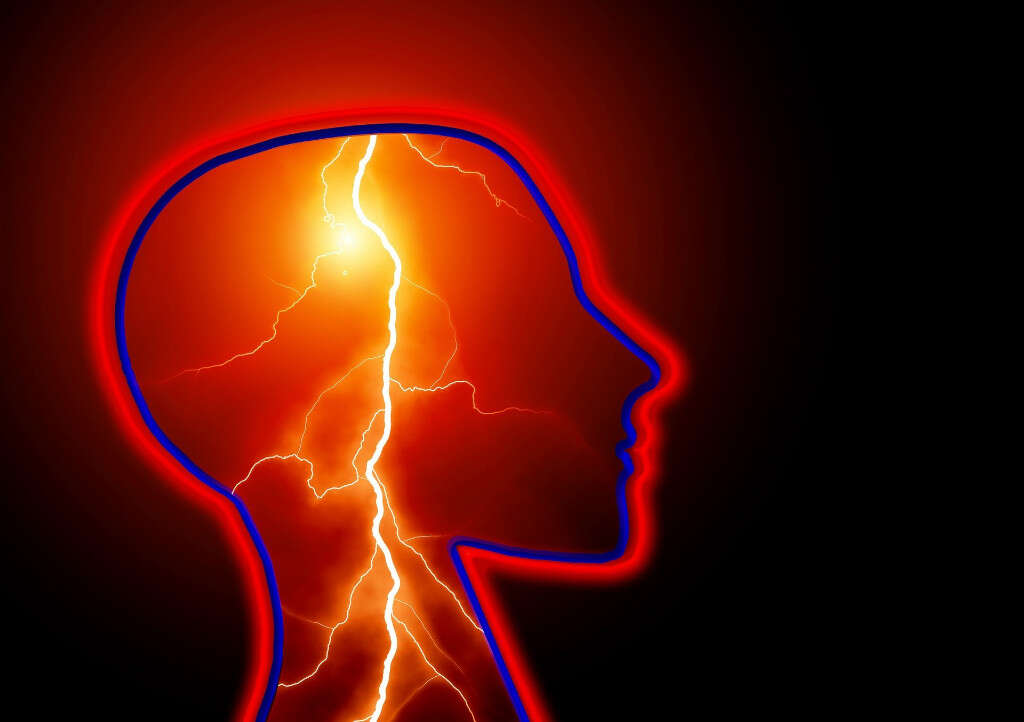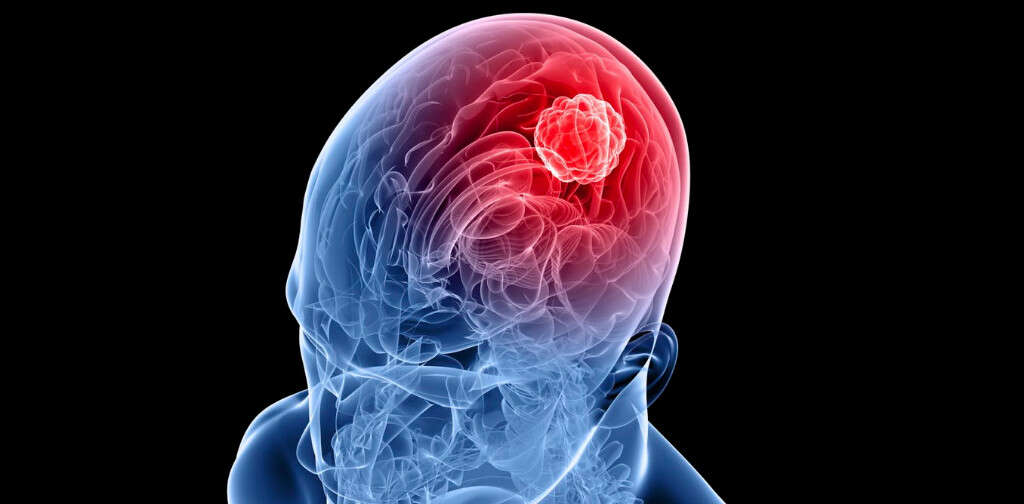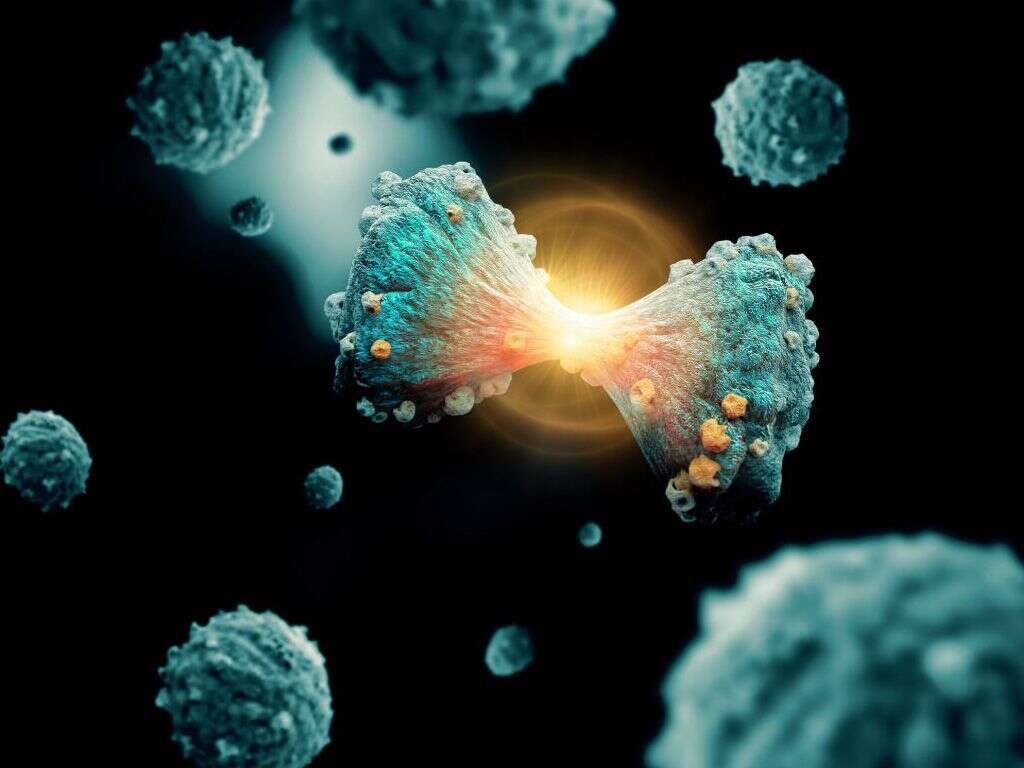10 Glioblastoma Symptoms
Glioblastoma multiform, also referred to as GBM or simply glioblastoma, is a particular type of tumor that develops in the brain or the spinal cord. These particular tumors are referred to as primary brain tumors; those that initially develop in the brain. Tumors that emerge in the brain as a result of other diseases such as different forms of cancer are referred to as secondary cancer. Glioblastoma tends to remain in the brain. It’s quite rare for it to extend its reach to other organs, however, many of the symptoms of glioblastoma can emerge in other areas of the body because they may be controlled by the area of the brain that’s being affected by the tumor. These particular types of tumors tend to grow quite quickly and can be fatal.
Many of the symptoms are diverse and can emerge all over the body since the brain is the control mechanism that modulates the majority of our behaviors. The symptoms that emerge depend on where the tumor is actually located. There are several ways to determine whether or not you have glioblastoma, all of which require seeing a medical professional. Things like neurological exams and imaging tests, or removing an actual tissue sample from the brain, can help you identify whether or not you’re struggling with glioblastoma.
After the diagnosis has been made, you can figure out what method you want to take to help treat the issue. Chemotherapy and radiation therapy are tangible options, but they are known for causing a huge number of side effects on their own. Brain surgery is another option that can help to eliminate the tumor, but comes with its own set of risks. Some natural treatments have been proven to reduce the development of cancer.

Symptom #1: Headaches
Headaches are one of the more common symptoms that occur in people who have newly been diagnosed with glioblastoma. Headaches can occur as a result of actual pressure being applied to the brain as a result of the tumor, or can be a result of something not functioning in the area of the brain that the tumor is affecting.

Symptom #2: Nausea
Another thing that can occur quite commonly in people struggling with glioblastoma is nausea. Nausea is a queasy, sickly feeling that most of us are familiar with. It occurs in the abdomen, usually around where the stomach is, and indicates that the body may or may not need to vomit soon.
The nausea associated with glioblastoma can be quite persistent and remain for a long time.

Symptom #3: Vomiting
Many patients with glioblastoma experience nausea, as we have already mentioned. Nausea may or may not precede vomiting, but in the case of glioblastoma, vomiting often occurs. In this case, the vomiting often becomes quite severe.
Vomiting is known to occur more often in the morning and usually accompanies headaches and some of the other symptoms found on this list.

Symptom #4: Dizziness
Many people struggling with glioblastoma experience dizziness and vertigo, a sensation that the body is moving when it actually isn’t. These feelings can be disorienting and overwhelming, and if they strike suddenly, it can be a danger if the patient is operating a vehicle or heavy machinery.
Some of the medications used to treat some of the symptoms associated with glioblastoma may also cause dizziness and vertigo. It’s important to talk to your doctor if this occurs and maybe make alternative plans for transportation.

Symptom #5: Seizures
Depending on where the tumor is actually located in the brain, people with glioblastoma may experience seizures. There are several different types of seizures that can be experienced by someone struggling with glioblastoma.
One type is a partial seizure. These occur only when a certain area of the brain is affected that causes a specific body part to seize up. Complex partial seizures are short seizures that are often not remembered, and generalized seizures involve a complete loss of the person’s consciousness.

Symptom #6: Paralysis
Paralysis is just one of the few problems that can occur in people struggling with glioblastoma.
This can occur in various parts of the body, depending on where the tumor is located. Except in the case of the most significant and serious tumors, paralysis is usually limited to just body parts and doesn’t affect the whole body.

Symptom #7: Weakness
Another thing that people with the condition may struggle with is weakness. Weakness may be generalized and manifest as fatigue, making it difficult for a person to manage their daily tasks.
However, weakness can also be more specific. Certain muscle groups can be targeted by glioblastoma and it’s not rare for people to experience muscle fatigue and weakness in the areas that are affected by the growth of the tumor.

Symptom #8: Balance Problems
One of the more common issues with glioblastoma is difficulty with balance. Balance problems can manifest in various ways: people might find themselves stumbling and tripping more often, or they may be prone to clumsiness.
Balance problems are not inherently dangerous, but if they are not prepared for, they can lead to dangerous situations. For example, a patient with glioblastoma wouldn’t want to be climbing ladders.

Symptom #9: Vision Problems
Many people who struggle with glioblastoma are known to experience some manner of vision problems. The problems can vary depending on which part of the brain is affected by the condition. Some people experience blurred vision or double vision, and others may experience a lack of peripheral vision.
Depending on the severity of the problem, affected person’s may want to take precautions if they develop vision issues. It can be dangerous to drive or operate tools when struggling with vision problems.

Symptom #10: Problems Speaking
In addition to losing their motor control, people with glioblastoma may develop problems speaking. This can occur as a person loses control of their tongue.
The tongue is also a muscle, and it’s responsible for allowing us to form the words that we communicate with. If you can’t control your tongue then you’ll start slurring and stumbling over your words.












